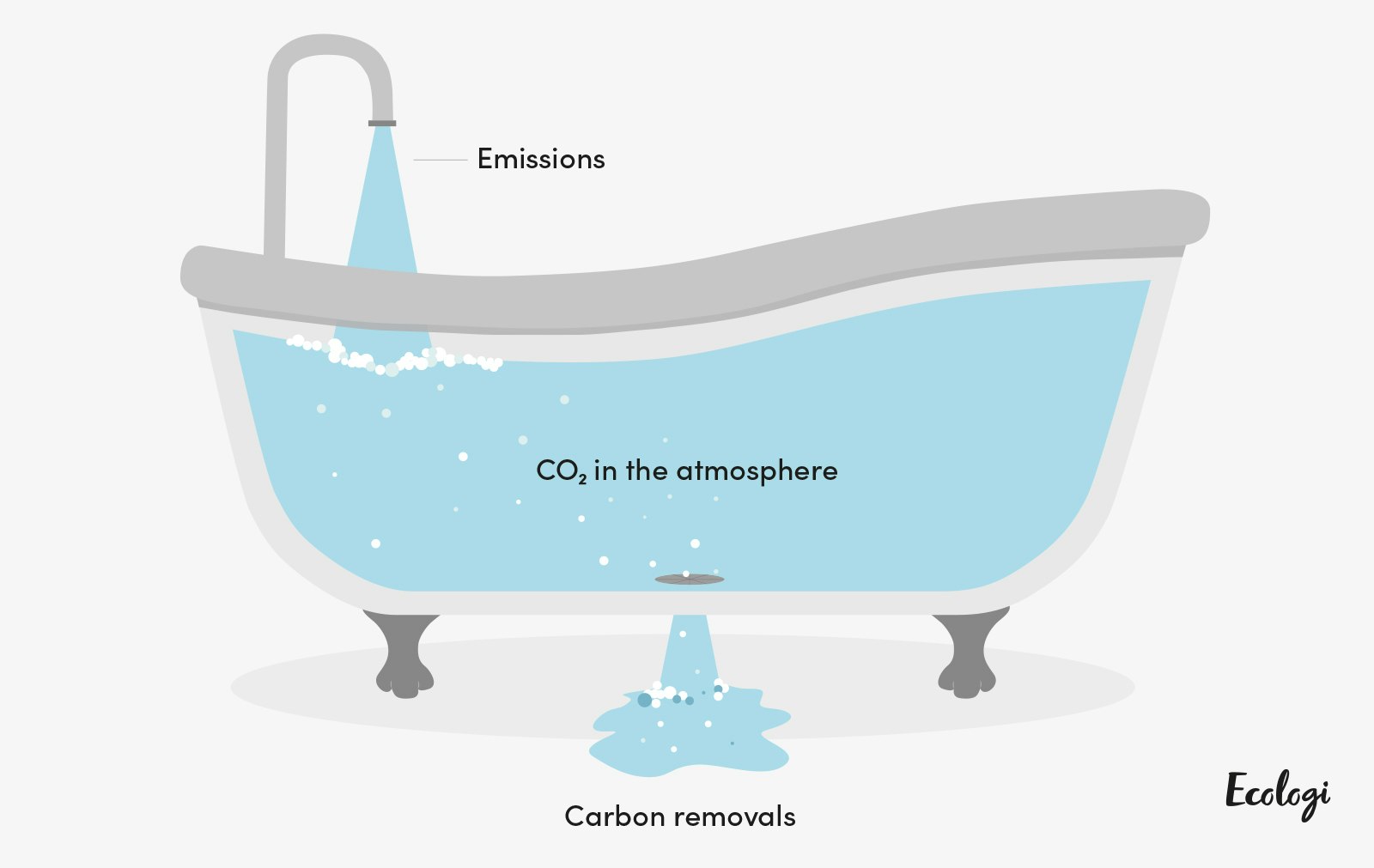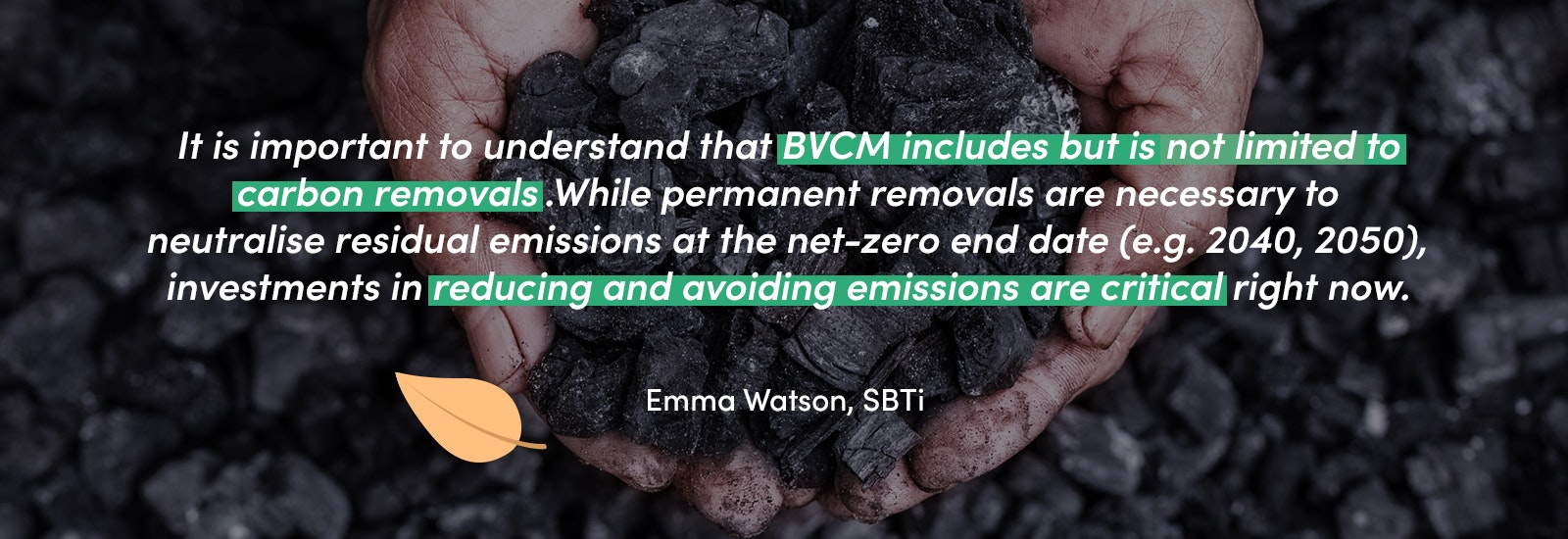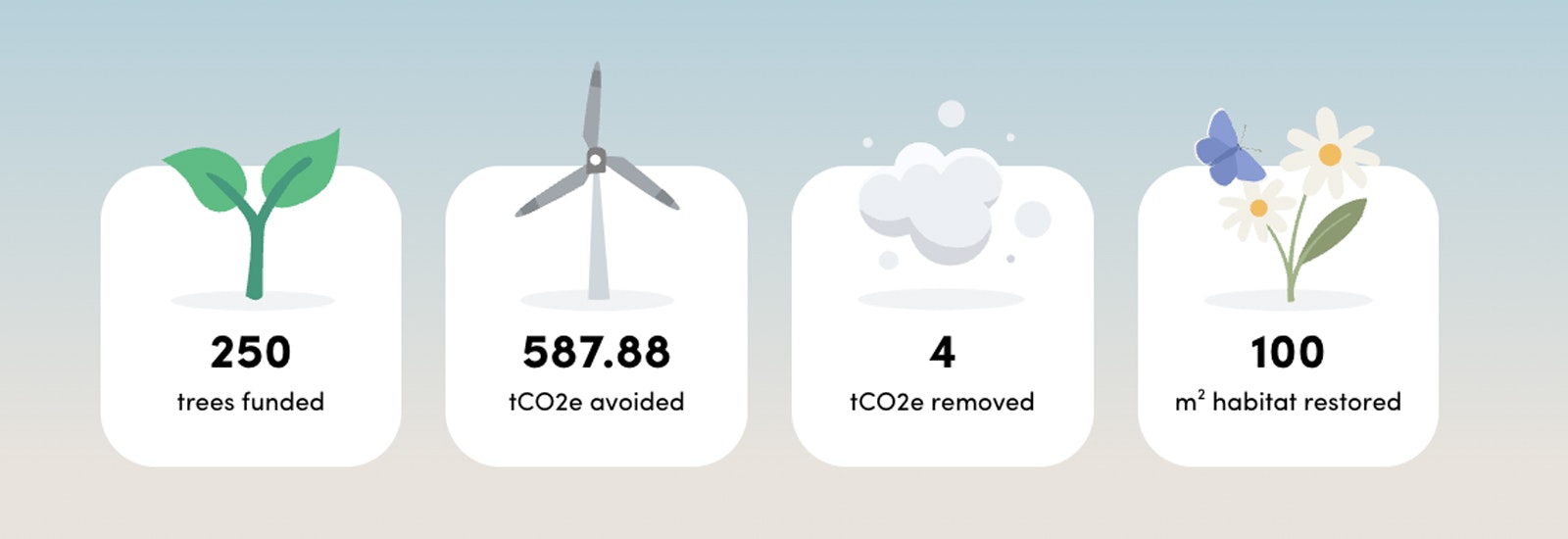Can carbon removals solve climate change?
Steve Dickenson
What is carbon removal?
Is carbon removal the same as carbon avoidance?

What are the different methods of carbon removal?
What role does carbon removal play in net-zero?
Why fund carbon removal now?

Carbon removal is not a silver bullet
How does Ecologi approach carbon removal?
How can I support carbon removal with Ecologi?




